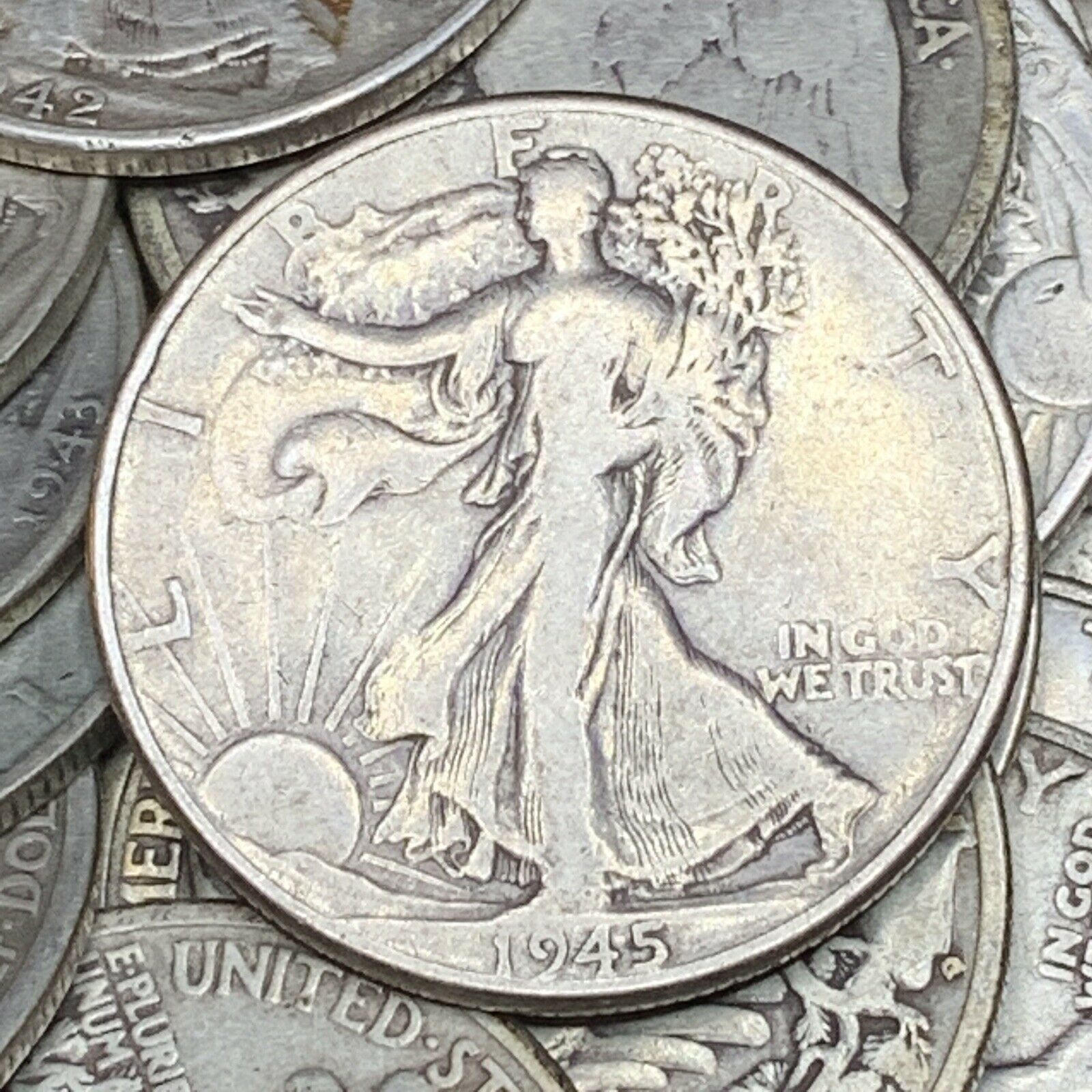Are you an enthusiast coin collector and looking to learn more about walking liberty half dollar? Here are some known and unknown facts about the famous coin.
The Walking Liberty Half Dollar is the result of a fortunate misunderstanding. This beautiful silver coin symbolizes everything that the United States of America stands for.
Before we explore the Insignia of the coin and the significance behind each element, we will discuss the famous incident of how this coin was commissioned and how it became gloriously apt for the ethos that the country believes in.
The Fortunate Misunderstanding
In 1915, Robert W. Woolley was appointed the director of the mint. When he was new in his tenure, he believed that the Mint Director was legally required to replace any coin design that had been in use for 25 years. Because of this he began the process of replacing all Barber coinage including the dime, quarter and half dollar..
The Commission of Fine Arts was instructed by Woolley to conduct a competition, Weinman was the winner and was selected to design the dime and the half dollar.
Who is Adolph A. Weinman?
Adolph A. Weinman is a German-born American sculptor. He was born in Germany and immigrated to the United States in his early teens.
Weinman began studying art at a very early age, he started attending evening classes at Cooper Union when he was just 15 years old. He later studied in various prestigious institutes under the tutelage of expert sculpture artists.
Some of his more well known works include; the frieze on the Elks National Veterans Memorial in Chicago, sculpture for the Post Office Department Building, the Jefferson Memorial, and the interior of the U.S. Supreme Court, all in Washington, D.C.
The Insignia
The Insignia is nothing but patriotism. The obverse features Lady Liberty walking towards the sun symbolizing the dawn of a new era. She is depicted carrying oak and laurel branches symbolizing civil and military glory. Underneath her left hand is the inscription “IN GOD WE TRUST.”
The reverse features an eagle perched with his wings unfolded as if he is about to take flight. The eagle is a representation of fearlessness and power. A pine sapling emerges from rocks symbolizing the United States of America. The reverse also features the famous motto, “E PLURIBUS UNUM.”
E PLURIBUS UNUM Explained
It is included on the Great Seal of the United States. The inclusion of the phrase on the Great Seal was originally approved by Congress in 1782. It was considered the official motto of the United States until it was replaced officially by, “In God We Trust,” in 1956.
The phrase means, out of many, one. The phrase represents how many people come together and form one strong nation. The motto can be seen on various coins and banknotes.
Release and Reception
The coin was released on January 9, 1917. Initially the mints had trouble keeping up with the public demand for the coin. The public reaction was not expected considering how little publicity the release of the new coin was given.
Conclusion
The coin is a symbol of hope and independence. It also assures the faith in civil and military strength through symbolism and is one of the most sought after and collected coins for collectors.

